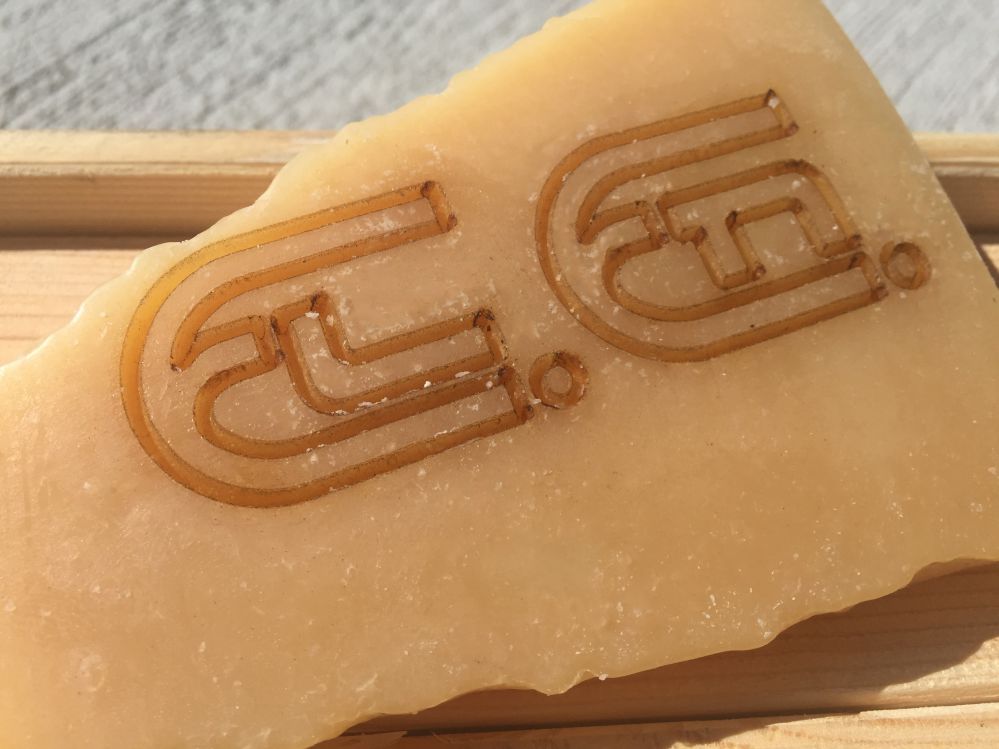It is now a fact: the current pandemic has led to an explosion in online shopping and home deliveries. Contagion risks have led people to reduce any situation that include physical contact. Shopping activities have moved online for all types of goods, including basic necessities. Online shopping seems to be an increasingly common behaviour.
Forward-thinking companies have viewed these changing social trends as an opportunity to experiment with new and more advanced forms of packaging. They cater both to the new needs of home shoppers and the ones of companies that want personalised forms of packaging that better protect their goods. There is also a strong need for eco-sustainable packaging that uses fewer resources.
Laser technology has made all these things possible.
Laser manufacturing of cardboard boxes
The paper industry has now been using laser technology for several years. The CO2 laser offers undoubted advantages to its production processes. It can be integrated into fully digital, fast and flexible production processes, which allow cardboard’s technical and material characteristics to be exploited to their fullest.
Cardboard is an ideal packaging material. It is inexpensive and light and can be processed into many shapes to create boxes and packaging to suit all kinds of needs. And what’s more interesting, laser cutting corrugated cardboad gives stunning outcomes.
The introduction of digital fabrication has made it possible to considerably expand the range of packaging products. Laser makes product customisation both economical and advantageous. The fact that it is no longer necessary to change tools to create different types of products has encouraged innovation, and the experimentation of new formats. Customisations (products made specifically to cater to a certain need) are now achievable at lower costs.
Until recently, companies that wanted to send or package their products had little choice. They had to rely on the box formats offered on the market. Box manufacturers dictated the law and only offered standard shapes and sizes. If a company needed a box shaped in a particular way or with an easy opening, it was limited to what the market had to offer.
Creating boxes and packaging with custom features was not cost-effective for manufacturers or customers, unless the number of produced pieces justified the investment in production means. For customers, the only way to obtain customised packaging at a competitive price was to secure large quantities of orders. This is not always possible, particularly for small and medium-sized companies.
The use of lasers has brought about a real revolution in the way paper products are manufactured.
The production process of cardboard boxes is based on two fundamental operations, cutting and engraving, which are at the basis for all subsequent processes. Cutting separates the shape of the box from the cardboard sheet. Engraving creates folding lines on the box or devices for easy opening, such as tear-off systems. Folding the box along the cutting lines and gluing the flaps together produces the finished product, i.e. the box.
The advantages of lasers
The advantages of laser cutting are many. The laser allows these same processes to be carried out with greater speed and precision, making the production process much more flexible.
On materials such as paper and cardboard, the laser cutting process is instantaneous. The laser immediately vaporises the paper along the cutting line, resulting in precise, clean cut edges. Laser cuts need no further finishing.
Precision is ensured by the fact that the laser is a non-contact process. This makes it possible to make cuts along particularly intricate paths even at very small sizes.
But laser technology isn’t only useful for traditional machining operations such as cutting and creasing. It can also perform tasks that traditional tools can’t.
Laser Marking is one of these processes. In marking, the laser does not perform cutting or engraving, but merely modifies the surface layers of the material, which results in the blackening of the laser-processed parts. This technique turns the laser into a real digital printer that engraves marks directly on the surface of the material. In this way, all kinds of marks can be engraved, from logistical information like QR codes, barcodes and alphanumeric codes to actual images like company logos.
This gives the production system enormous flexibility: the same laser system can perform all these processes, even on a small number of parts. Cardboard packaging manufacturers can now offer their customers a lot more choice and create customised boxes, even in smaller quantities.
Contact us
Cardboard box manufacturers agree that the CO2 laser is an invaluable tool. It makes it possible to carry out work that cannot be done with traditional methods such as die-cutting. If you are a cardboard box manufacturer and are interested in a laser production system, please contact us. Our technicians will be happy to study the most suitable laser solution for your needs.




